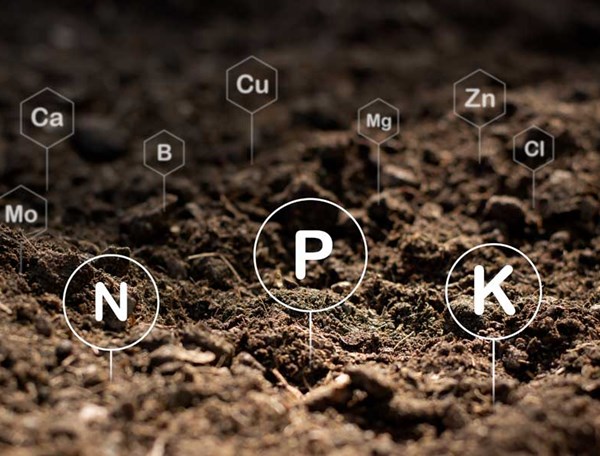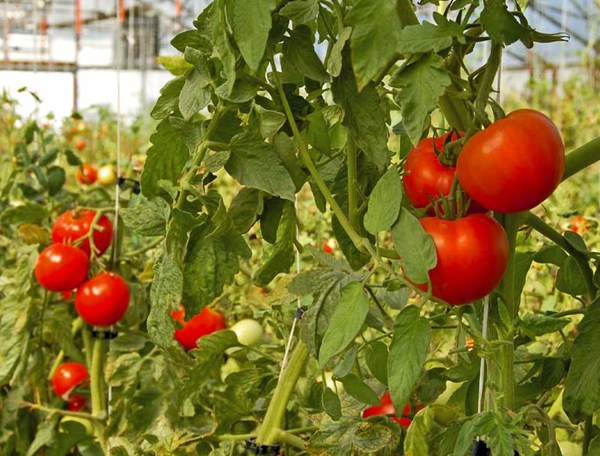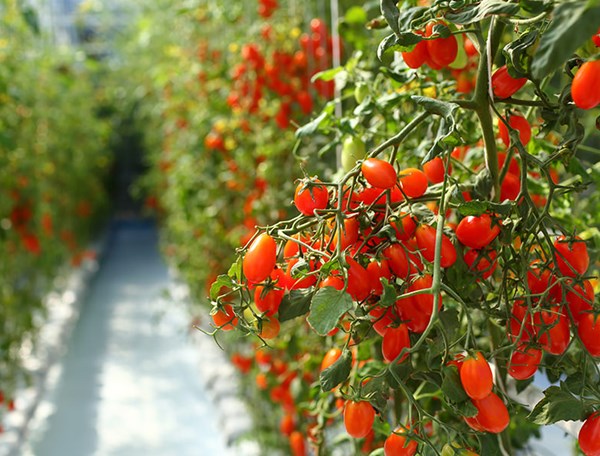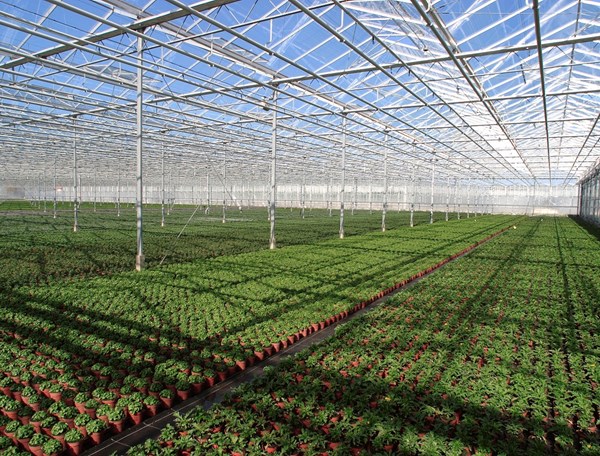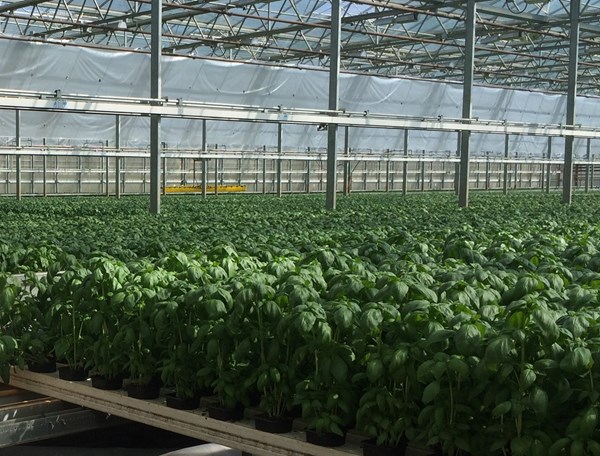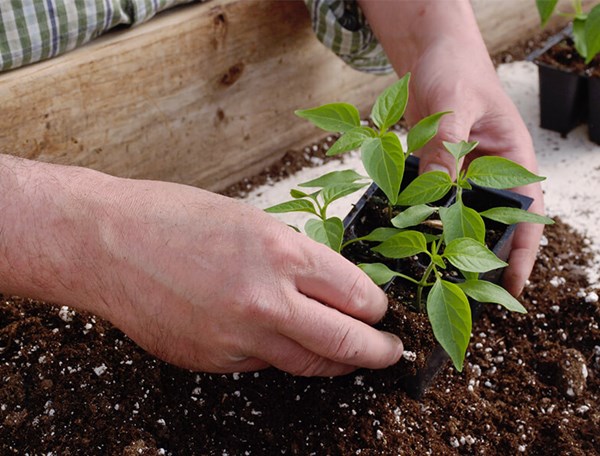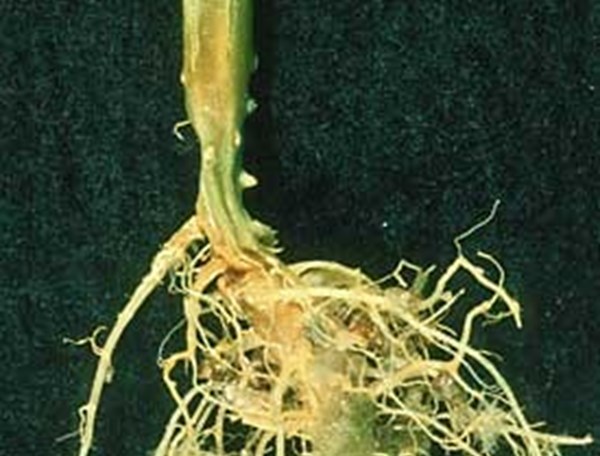Training Center
Soluble Salt and pH levels in Fresh Organic Growing Media
Thursday, September 7, 2023 | Troy Buechel
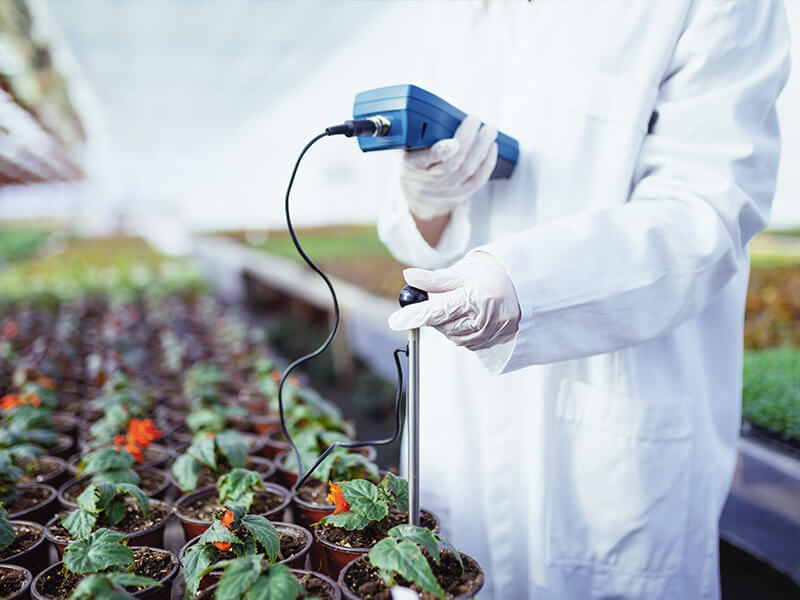
A freshly made organic growing medium that contains starter organic fertilizers should be allowed to “rest” for 2-4 weeks after mixing before it is used. This is especially true if a grower makes his own growing medium as prepackaged growing medium has had enough time to rest by the time the customer uses it. The reason is that the growing medium has low population of microorganisms that break down organic fertilizer into useable forms.
Once the population of these microorganisms build up during the resting stage, the growing medium becomes “stable” and there is less fluctuation in its chemical properties.
In this article, we will discuss the rollercoaster ride of changing pH and soluble salt levels that justifies a “resting” period for organic growing media.
Why Are the First Weeks Crucial on pH Level Fluctuations
One of the main reasons that an organic mix should “rest” is that there are significant pH fluctuations that occur in the first few weeks after its production. Image 1 shows that as nitrogen mineralization takes place (in which organic proteins are broken down into ammonium), there are free hydroxides (OH-) released into the growing medium solution, which causes the growing medium pH to rise (Image 2). The pH rises by almost 0.5 unit or more in the first one to two weeks.
Mineralization Process

Image 1. Mineralization of organic matter proteins into usable ammonium through microbial breakdown.
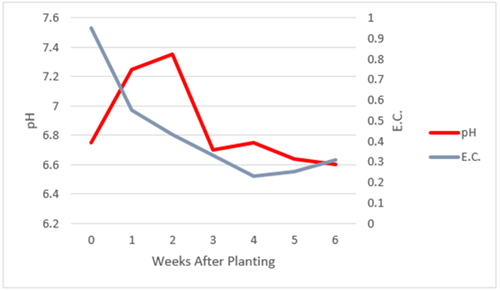
Image 2. Change in pH and E.C. of a peat/perlite growing medium used to grow leafy greens that was amended with a poultry manure. Water source had an alkalinity of 50 ppm CaCO3 and E.C. of 0.4 mS/cm. Source: Fisher, P., J. Huang, M. Paz and R. Dickson.
Nitrification Process
Once ammonium has built up in the growing medium along with the appropriate bacteria to break it down, the nitrification begins. As ammonium is converted to nitrite and then nitrate, hydrogen (H+) (or acid ions) start to build within the soil solution (Image 3).
This causes the pH of the growing medium to drop as seen in Image 2 from week 2 to 3. Beyond the first three weeks in Image 2, the pH is relatively stable because the microorganisms responsible for mineralization and nitrification have built up and both processes are occurring simultaneously.

Image 3. Nitrification of ammonium into nitrate through soil bacteria.
The Impact of Fertilizer and Compost on Substrate pH Levels
How much the growing medium pH fluctuates has to do with the quantity of fertilizer/compost added to the growing medium as well as the storage temperature. The higher the amount of starter fertilizer or compost used, the higher the initial pH will climb during mineralization and then the greater the pH drop during nitrification. Warmer growing medium temperatures will speed up the mineralization and nitrification processes, shortening the time of the pH rollercoaster ride.
Keep in mind that as in conventional growing, nutrient availability for the plant is influenced by the growing medium pH. The micronutrients boron, copper, iron, manganese and zinc become unavailable as the pH of the growing medium exceeds 6.5. It is best to maintain a growing medium pH between 5.5-6.2 to minimize problems with micronutrient uptake (assuming they are provided by the fertilizer). If a growing medium contains compost, the pH is slightly less critical, but it is still best to maintain it within the same range.
Soluble Salts in Substrate
Through the processes of mineralization, in which organic matter proteins are converted to ammonium, nitrification, in which ammonium is converted into nitrate, and other processes, there is an initial release of a large quantity of mineral nutrients.
These mineral nutrients contribute to soluble salts or electrical conductivity (E.C.): the higher the mineral nutrients, the higher the E.C. High nutrient release is common in the beginning as mineral reserves in the starter fertilizer are high (Image 2).
This is also true if compost is used in a growing medium. As mineralization and nitrification continue, nutrient reserves decline and so does the E.C. It is possible that the E.C. could still be too high for healthy crop growth if too much starter fertilizer or nutrient-rich compost is added to the growing medium.
For more information, contact your Premier Tech Grower Services Representative:
 |
 |
 |
 |
|---|---|---|---|
|
Ed Bloodnick |
Nathan Wallace-Springer |
Lance Lawson |
Victor Brantly |
 |
 |
 |
|
|
Troy Buechel |
Susan Parent |
Jose Chen Lopez |
References:
- Fisher, P., J. Huang, M. Paz and R. Dickson. 2016. "Having Success with Organic Growing Mixes." Grower Talks. Feb 2016, 68-72.
- Pitchay, Dharmalingam and Gunawati Gunawan. 2017. "Detrimental Effects of Blood Meal and Feather Meal on Tomato (Solanum lycopersicon L.) Seed Germination." Hortscience 52(1): 138-141.
PRO-MIX® is a registered trademark of PREMIER HORTICULTURE Ltd.
Related Articles
-
Toxic Nitrogen Forms in Fresh Organic Growing Media?
If you formulate an organic growing medium by adding starter organic fertilizers, the growing medium should not be used immediately.
-
Organic Fertilizers for Crop Production
As greenhouse organic methods of plant production have increased in interest, the need for viable organic fertilizers has also increased.
-
Ideal Fertilization for Greenhouse Vegetables and Herbs
Vegetables and herbs fertilization requirements are similar to bedding plants early in their crop cycle. However, as vegetable and herb plants progress from vegetative growth into flowering and fruit production, fertility rates and ratios change for each crop.
-
Greenhouse Herb and Vegetable Production – Part 1/4 - Location
In this four-part series, we will look at the ideal location, structures and environment needed to grow vegetables and herbs in a greenhouse production facility. In this first part, we will discuss the first step: finding the ideal location to start a greenhouse production facility.
-
Best Growing Practices for Organic Greenhouse Crops
A good quality organic growing medium has the same basic components as conventional substrates: a balance of good air porosity, good, but not excessive, water retention, a source of plants nutrients for initial growth, and a pH adapted to plants’ needs.
-
Simplifying Organic Growing: The Best Growing Media Components
Formulating a growing medium that works for organic growers can be a challenge depending on what a grower is looking for.
-
Simplifying Organic Growing: The Starter Fertilizers
Formulating an organic growing medium for starting vegetable and herb seeds can be a challenge, depending on what a grower is looking for.
-
Avoiding Root Disease in Greenhouse Vegetables
Pathogens are always present in the greenhouse and are a continuous challenge for greenhouse vegetable and herb growers.

 Where to find our products
Where to find our products
